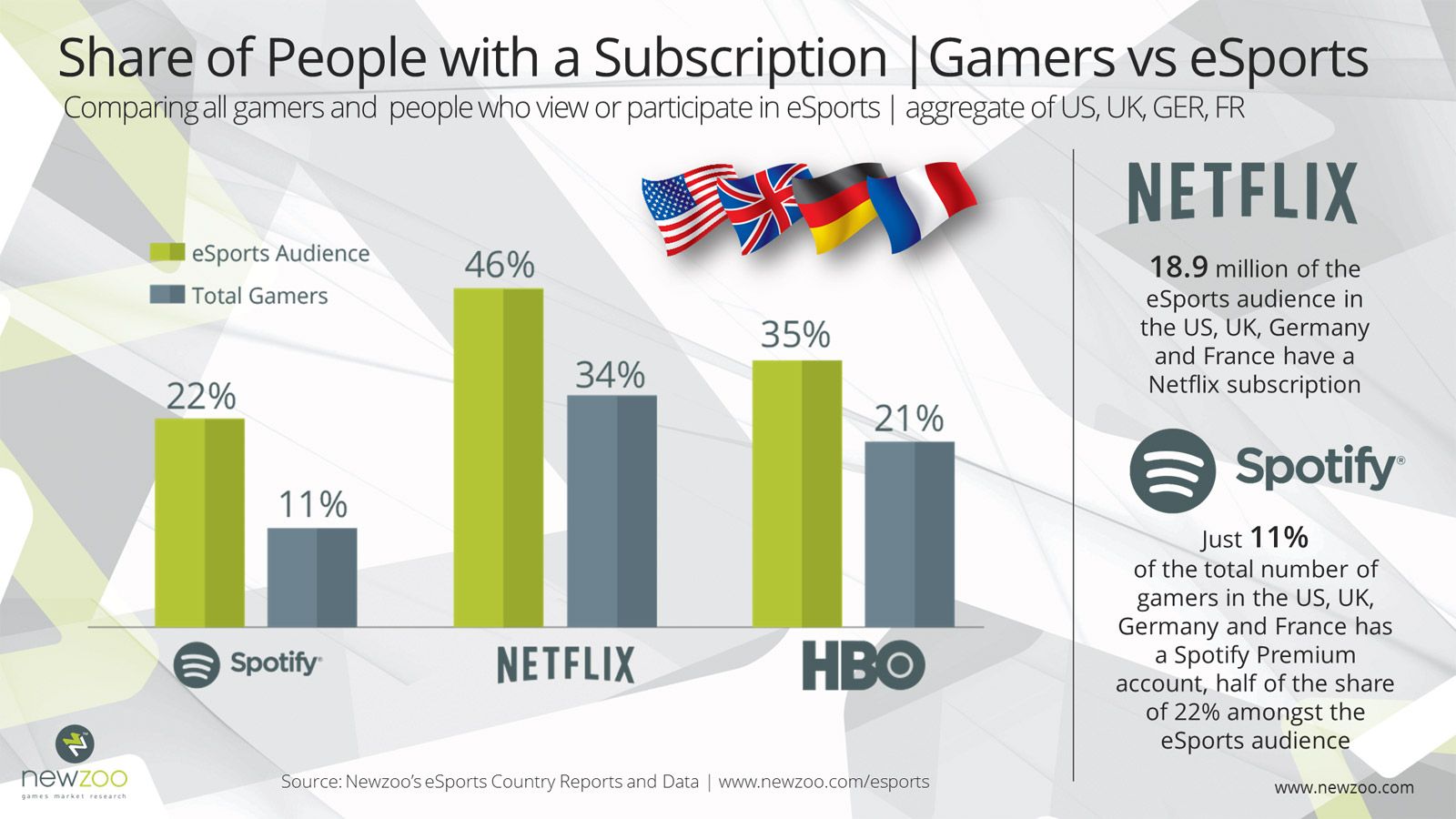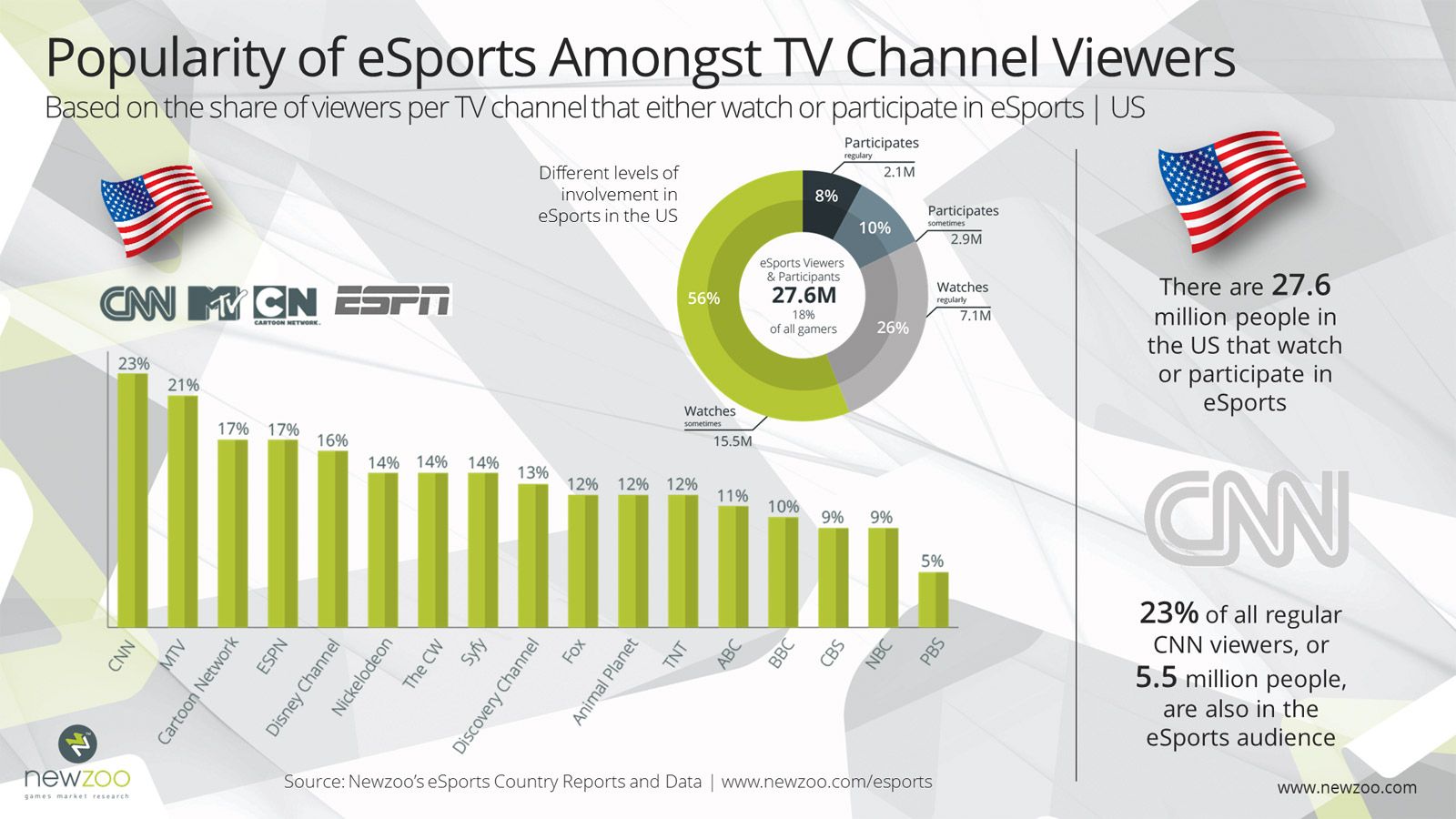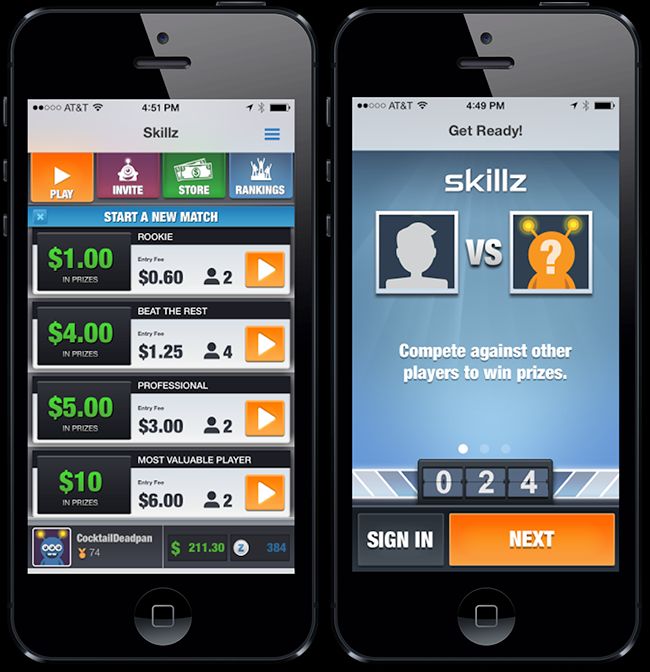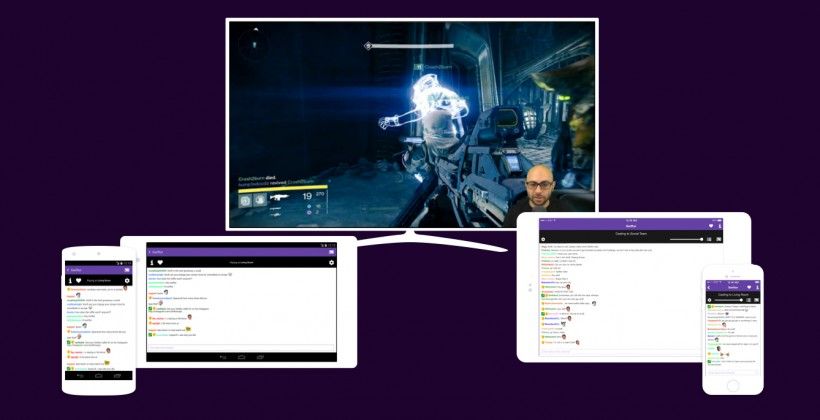With eSports continuing to grow exponentially in the PC gaming space and more activity in the console space, mobile is the newest platform for game developers to connect with eSports fans.
Skillz is the first company to bring eSports to mobile games by allowing players to compete against each other for real money. The company has partnered with over 350 Android and iOS game studios, ranging from mobile publishers like Glu Mobile to small indie operations, and facilitates eSports competitions in hundreds of mobile games. Andrew Paradise, founder and CEO of Skillz, explains why mobile could evolve as the largest eSports platform in the world in this exclusive interview.

Andrew Paradise
How have you seen traditional eSports grow over the past few years?
The entire industry is growing by leaps and bounds. Last year the U.S. government started recognizing eSports competitors as professional athletes by granting them visas, which was really a landmark event for an industry that has been battling questions of legitimacy for years. In terms of the sport itself, we have seen prize pools balloon from basically hundreds of dollars to hundreds of thousands dollars, and now millions.
This year we saw the biggest eSports prize pool in history for the International DOTA 2 Championships. The $10 million payout was more than the prizes awarded at the 2014 Masters Golf Tournament and the Tour de France. Even more remarkable is that the competition was watched by more than 20 million people. With prizes and audiences of this size, I don’t think the legitimacy of eSports can be questioned or ignored anymore. We are looking at a future where multimillion dollar prizes will soon be the norm and the number of people watching and competing in eSports will exceed participation in many popular offline sports.
What opportunities does mobile open up for eSports?
Mobile is the most accessible gaming platform ever invented. The player population for mobile games is almost 2 billion people worldwide, whereas the population for traditional hardcore games is somewhere below 100 million.
The accessibility of mobile games is transforming gaming from a hardcore, niche activity into a mainstream phenomenon. In many ways, mobile is actually bringing gaming back to its roots. Video gaming started with traditional arcade machines, which were very much a part of mainstream culture. Gaming narrowed into a hardcore audience over time due to the price points of home consoles (or high end graphics cards for computers) as well as the price points of the titles, which now often exceed $50 apiece. Up until very recently, being a gamer had a very high barrier to entry.
Now with mobile, games are available at very low price points, many of them even free, and nearly everyone in the world has a device to play them. This means the potential size of eSports audiences and players will jump from millions to billions.
How have advances in smartphones and the proliferation of tablets opened up new opportunities for mobile eSports?
Technological advances and larger displays on mobile devices have given game developers even more creative flexibility in recent years. For the first time, the graphics processors of mobile devices are approaching the capabilities of traditional consoles. In fact, we’re nearing the point where your smartphone or tablet will be the most powerful device you own. Without question, the recent technological advances have evolved mobile into a legitimate gaming platform. Now, nearly everyone has a powerful gaming device in their pocket with hundreds of thousands of games to choose from. For eSports, this means that mobile will bring in a much greater variety of content with a much more larger and diverse audience.
What role do you see livestreaming, given Twitch and Youtube are on mobile devices, playing in this new mobile eSports territory?
For something to transcend from game to sport, you need a large audience. One of the factors that continually stifles the development of new offline sports is the challenge of attracting sufficient crowds to early competitions. Up until very recently, viewership has been a major problem for eSports, too. However, livestreaming through channels such as Twitch and YouTube, have created a solution, allowing eSports to rapidly build crowds around the world by overcoming the limits of geographic proximity and circumventing the need for a physical arena.
For mobile eSports, live streaming will play the same critical role that it has played in establishing the larger eSports industry, especially when it comes to building awareness and excitement around mobile eSports titles. Recognizing the giant opportunity mobile eSports presents, Twitch recently enabled mobile streaming, and we are already seeing users amass giant followings by streaming games like Clash of Clans. This is a trend we fully expect to continue as eSports become more and more popular.
What’s going to be key in creating games for the mobile audience?
Historically, game developers have been forced to build content that caters to existing monetization tools. For example, turn-based games have evolved as developers identified an opportunity to show ads during natural game breaks. As another example, resource gathering games have evolved as a means of driving in-app purchases, which is something they do very effectively. However, the consumer expectation that games will be free to download on mobile has largely enslaved mobile developers, rendering them beholden to monetization tools like advertising which disrupt the gaming experience.
With mobile eSports tournaments rapidly gaining popularity, developers are free to focus on gameplay rather than monetization. Competitive eSports are an incredibly effective way to monetize mobile games, but competition is also intrinsic to gaming itself. This means there is no longer a conflict between content that monetizes and content that is fun.
The key to the future on mobile will be effectively leveraging this new creative freedom to invent game mechanics and core loops that haven’t been done before. There are many things that mobile devices can do that PCs and consoles cannot, and developers who are best able to take advantage of these differences are the ones who will be most successful.
How will publishers be able to compete with huge games like League of Legends and DOTA 2 in the never-ending eSports season structure?
While games like League of Legends and DOTA 2 have become huge eSports titles, they are dwarfed in size by many of today’s popular mobile games. Last month, DOTA 2 had 9.5 million active users. Compare that to Angry Birds which had 200 million or more, and it becomes very easy to see how disruptive mobile can be to the traditional eSports hierarchy.
With the ability of many new phones and tablets to stream to big screen HD and even 4K TVs, what role do you see PC screens playing in how people watch mobile eSports?
Mobile eSports will be huge with or without live events, so video quality was never going to stop the rise of mobile eSports. However, with HD streaming capabilities, the final piece of the puzzle is now in place as there are no longer any limits to the size or scale of events that can bring eSports fans together.
What kind of live venue opportunities are there for mobile, or does mobile even need this?
Live opportunities for mobile will largely be similar to what we are already seeing with traditional eSports. There is no reason to believe that mobile will follow a different pattern or path. At the end of the day, video gaming is video gaming. Whether it’s hardcore content or casual content, people are interested in seeing how the best of the best perform. For mobile games, people will do that both by watching online and by attending live events both large and small.
One key differentiator for mobile eSports is accessibility. Because phones and tablets are highly portable, mobile eSports events can happen anytime, anywhere. While there will certainly be mobile eSports events in sold-out stadiums, there will also be events at local bars and on college campuses across the world. Some of these events will be scheduled and others will happen organically on an ad hoc basis. This accessibility is part of the reason we believe that mobile is going to be the platform that lifts eSports to unprecedented levels of popularity.
How does the mobile eSports audience differ from the core gamers who watch PC and console eSports competitions?
The audience for mobile eSports is much broader than the audience for PC and console because the player base for mobile games is so much bigger and more diverse. This audience includes core gamers who are playing games like Hearthstone as well as people playing more casual games like Angry Birds. And this is why mobile eSports are so exciting for the industry. Mobile brings a variety of competitive content to the table, and varied content will be critical in ensuring eSports mainstream success.
What opportunities are there for the mainstream sponsors that have gravitated to traditional eSports in recent years?
Existing sponsors only stand to benefit from the rise of mobile eSports, as the massive influx of players and viewers will bring greater exposure to their brands. The new opportunity is for sponsors who have previously remained on the sidelines because, prior to mobile, eSports hadn’t connected with their key demographics. Mobile is changing that by bringing in a hugely diverse audience whose demographic is attractive to a much wider range of sponsors. Whereas traditional eSports have been largely male dominated, on the skillz platform, we have competitive titles where almost all of the best players are women. With this in mind, it’s easy to envision a future where traditional eSports sponsors like Red Bull and Coca Cola are joined by mainstream brands like Johnson & Johnson and Dove.


 Andrew Paradise
Andrew Paradise



